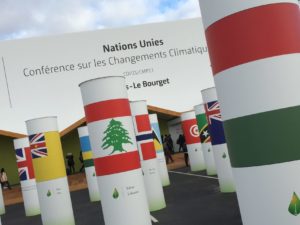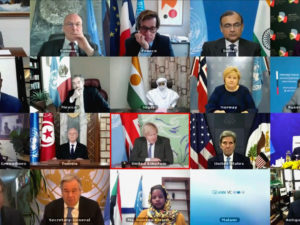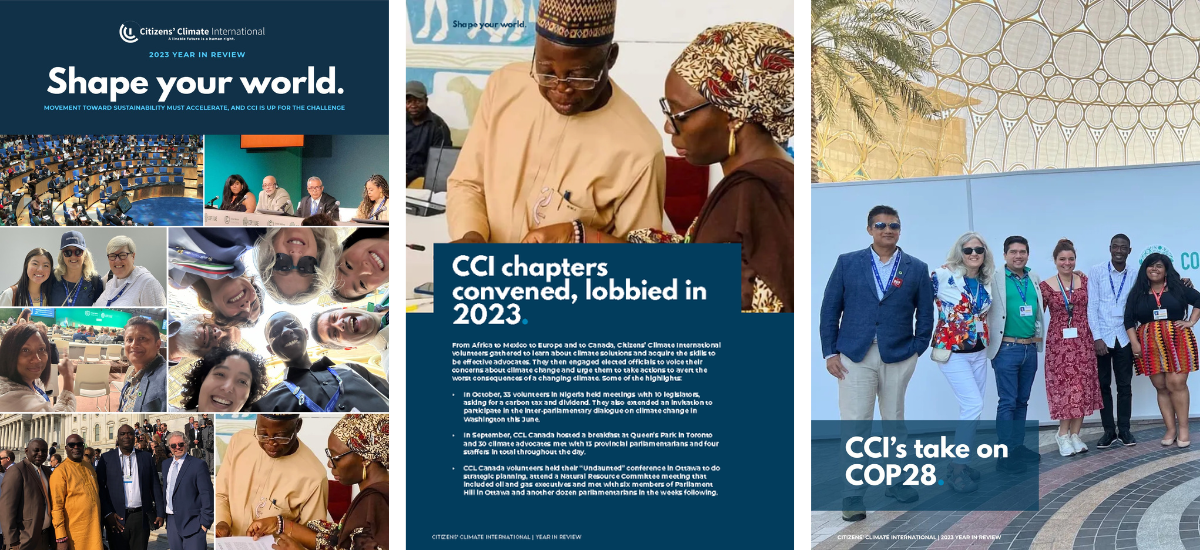
When we talk about the climate system being destabilized, we are talking about escalating threats to the biosphere. When we talk about unprecedented and accelerating rates of extinction, biodiversity loss, and nature loss, we are describing threats to the biosphere. Today, on World Environment Day, let’s pause and recognize that the environment is the biosphere, and the biosphere is life.
We are not separate from the biosphere. We live, because it lives.
We live on a planet, which is worth remembering, because the many complex conditions and ecosystems that make the biosphere possible is what makes Earth habitable and Mars not habitable. There is grave and worrying news today, about the state of the biosphere.
We are losing biological diversity at a rate unprecedented in the history of the human species.
So many species are going extinct, we are living in the 6th documented mass extinction in Earth’s history. It is estimated 1 million species are facing extinction. If you haven’t noticed it yet, that’s because the last barriers between nature loss and your personal security haven’t been breached yet; that doesn’t mean they won’t be.
Biological diversity and the health and resilience of ecosystems are critical to ensuring optimal conditions for natural pollinators and agricultural production. Our food systems are losing productive capacity due to nature loss. Other pressures are making matters worse: the use of chemical fertilizers and other chemical inputs is further depleting ecosystems. Industrial land conversion, including for agriculture, is disrupting and degrading vital ecosystems. The loss of ecosystems makes it harder to keep watersheds healthy and resilient.
On Friday, the National Oceanographic and Atmospheric Administration of the United States (NOAA) reported that atmospheric levels of carbon dioxide—the primary heat-trapping gas driving global heating—have reached the highest levels ever seen during the existence of the human species. That level is 421 parts per million, fully 50% higher than the 280 ppm that was the norm before the industrial revolution.

We feature a view of the landscape of Iceland in late spring, to mark the moment when we reached 50% higher carbon dioxide from pre-industrial levels, and because far northern climate change affects all of us.
Agriculture has never existed, let alone thrived, under such pressures. There were no human beings on Earth the last time the atmosphere contained this much carbon dioxide. Global heating is also an accelerant:
- melting Arctic Ocean ice leaves a less reflective surface that absorbs still more heat;
- thawing permafrost releases methane, which traps far more heat than carbon dioxide;
- depleted and dying marine ecosystems absorb and hold less carbon, making it harder for the ocean to regulate the climate;
- degraded ecosystems, melting glaciers, and hotter weather lead to drier conditions and reduced supplies of fresh water;
- hotter temperatures and ecosystem degradation drive pollinators off the land they are adapted to, and where we need their services.
All of this means it is getting harder to produce the amount of food we need for a growing population whose food demand per person is also growing. This background of biosphere degradation is part of the reason COVID-related supply chain disruptions, recent harvest failures, Russia’s invasion of Ukraine, and rising fuel and commodity prices, are creating a global food crisis.
Leaders and advocates from around the world gathered in Stockholm on June 2 and 3 to mark 50 years since the 1972 United Nations Conference on the Human Environment and the Stockholm Declaration.
- The Conference produced outcomes and recommendations to foster intergenerational responsibility, interconnectivity between human wellbeing and nature, a much needed new EAT-Lancet food systems study, and application of science insights to secure a better future.
- The Conference also calls for reinforcing and reinvigorating multilateral cooperation, working on the basis of solidarity, transforming industrial systems and realigning finance to build resilience instead of depleting natural life supports.
- And actually, it is these next two weeks, when 196 nations meet in Bonn for the mid-year United Nations Climate Change Negotiations, that overlap with the precise dates of the 1972 Stockholm Environment Conference.
On the table this week:
- The nations need to agree on strategies for activating the formal outcomes of the Glasgow talks last November.
- This includes “non-market approaches” to cooperative decarbonization, which can include tax policy, trade policy, financial innovation and inclusion, and the sharing of scalable clean technologies.
- Finance negotiations need to produce real plans for mobilizing investment that will allow for successful climate resilient development for all nations and regions.
- Transparency and integrity mechanisms need to be detailed and deployed that will ensure reports of climate-smart investment and transformation are real.
- The civic engagement segment of the process, known as Action for Climate Empowerment, needs an ambitious action plan for immediate implementation and expanding climate-related civics, education, information sharing, and capacity building.
- And the right to restoration needs to make progress, as more and more places face high costs from climate-related loss and damage, setting back their ability to develop sustainably.
Throughout all of the negotiations, the question of how we will produce food is now more central than ever. This year must be the year when bold climate pledges become credible, observable, and scalable system-level transformations.








